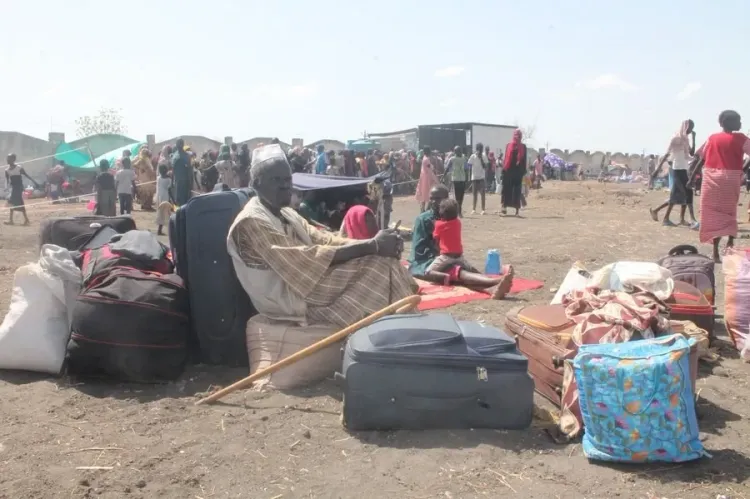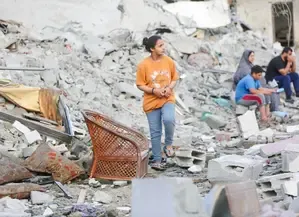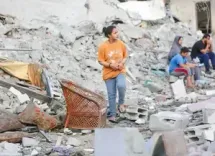How is the Humanitarian Crisis in Sudan Evolving?

Synopsis
Key Takeaways
- The humanitarian crisis in Sudan is worsening due to ongoing conflict.
- Over 250,000 children are currently out of school in North Darfur.
- Cholera cases in Khartoum have risen dramatically.
- Urgent funding and access are needed for humanitarian efforts.
- Thousands of refugees are returning from South Sudan with pressing health needs.
United Nations, May 28 (NationPress) The humanitarian situation in Sudan is escalating as ongoing conflict, widespread displacement, and health crises intensify humanitarian needs, according to the UN.
In the state of North Darfur, artillery strikes continue to impact residential zones in El Fasher city and the Abu Shouk internally displaced persons camp.
Countless civilian casualties are being reported daily, with a recent surge in nighttime bombardments, as highlighted by the UN Office for the Coordination of Humanitarian Affairs (OCHA) on Tuesday.
Local humanitarian organizations indicate that access to education in North Darfur has been severely limited. Since the onset of the conflict in April 2023, approximately 250,000 children have been deprived of educational opportunities, stated OCHA.
In South Kordofan state, the International Organisation for Migration reported last week that around 2,800 individuals, mainly women and children, have fled renewed violence in the town of Dibebad.
The situation in the state capital, Kadugli, has deteriorated significantly in recent weeks, with severe shelling and humanitarian access largely restricted, as noted by the office.
In the Northern state, authorities mentioned that about 6,000 individuals who escaped from North Darfur, Khartoum, and West Kordofan states due to insecurity arrived in Ad Dabbah locality between May 12 and 22.
Meanwhile, the cholera outbreak in Khartoum state is escalating at a disturbing rate. Humanitarian partners in the state have reported an 80 percent rise in suspected cases over the last two weeks, totaling more than 8,500.
In Blue Nile state, around 8,500 refugees have returned from South Sudan since late April.
A recent inter-agency evaluation by the United Nations and its partners revealed elevated rates of acute respiratory infections, malaria, and skin ailments among these returnees.
The deficit of mosquito nets, adequate shelter, and water, sanitation, and hygiene facilities is significantly heightening the risk of disease outbreaks, according to OCHA, as reported by the Xinhua news agency.
The office calls for enhanced, flexible, and prompt funding to scale up the humanitarian response and for unrestricted access via all necessary routes to enable aid workers to reach those in need, it emphasized.









